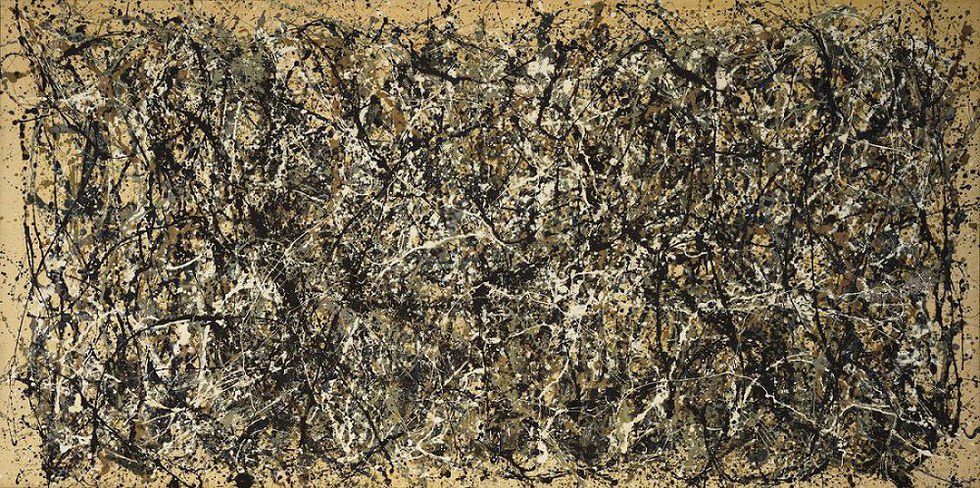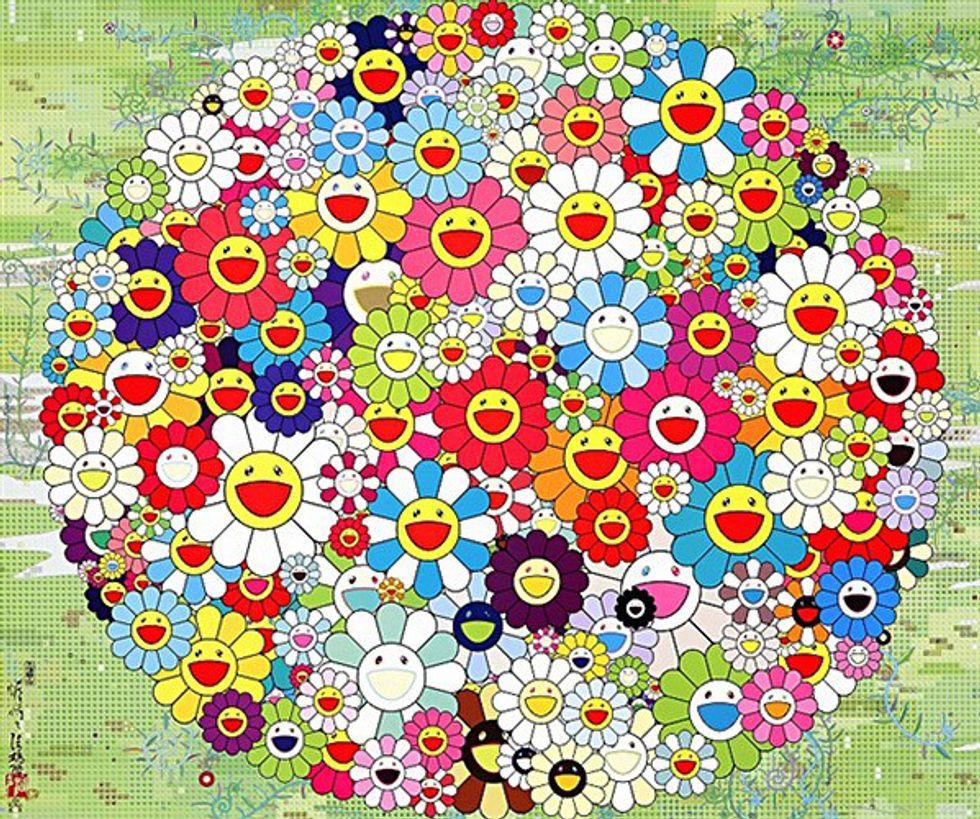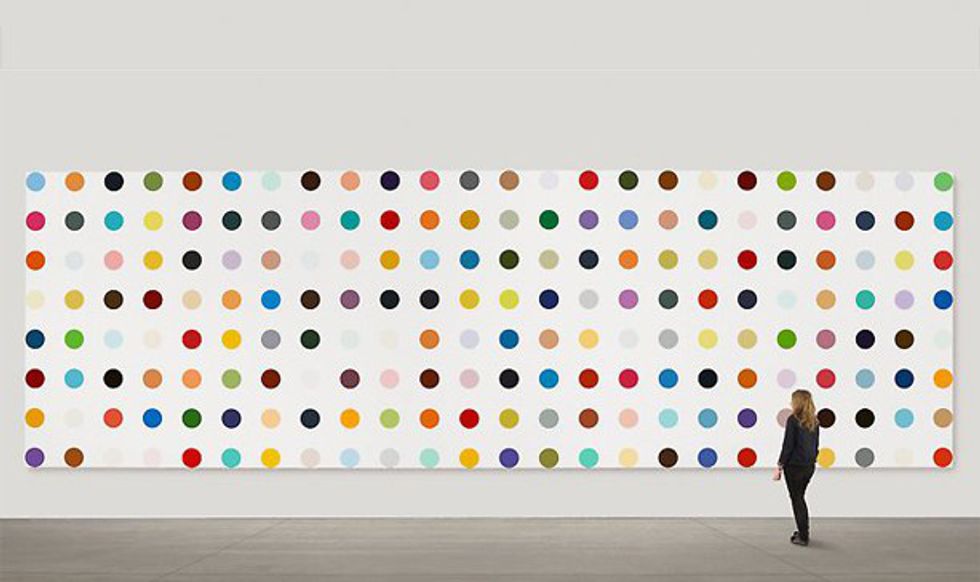"One: Number 31" (1950) by Jackson Pollock
The avant-garde culture, or a society of “new and unusual or experimental ideas,” has backfired on itself. According to Greenberg Clement, an influential art critic of the 20th century mostly associated with the Abstract Expressionism, avant-garde spawned from the bourgeoisie movement. In order to keep up with the higher class and compete with the constant additions of the variations of religion, politics, authority, tradition, etc. the masses created a criticism of society equivalent to this over powering reality: a reality of their own not grounded in any thoughts or metaphysical pieces.
But by trying to compete with the bourgeoisie and high-fashion tastes, art has come to rely on that upper class for any sort of recognition or popularity. Despite its reliance on the upper class, avant-garde does not cater to what the upper class desires, such as political favor commentary or extravagant golden themes; more so, it tries to beckon an audience with originality to make people try to rely on it. It’s an interesting example of exploiting “pretending” and “lies.” Avant-garde artist will present something so out there, so risky, as to make the view seem inferior. Not wanting to be inferior — a pride common in the upper class — the viewer will pretend to know and begin to endorse the piece, thus starting a chain of “inferiority complex” events among the upper class. So, my assumptions go on the process.
"Open Your Hands Wide" (2010) by Takashi Murakami
Kitsch avidly competes with this more psychological play with the same original, almost nonsense, visual appeal, but with definite lack of originality. Yet, artists of kitsch present it as new and exciting, and rather than exploit the prideful intellect of the view, cashes in on the unawareness of higher-understanding, or higher realization of culture, theme, and deeper meaning. They don’t intend to criticize, but let the audience use it to criticize and emulate the avant-garde. The avant-garde’s success is suddenly commercialized, but kitsch is commercialized from the beginning and becomes “art” later, in the masses view. The two art programs, or perhaps processes, are one in the same, with abstract forms, but opposite in steps.
"Spot" (2012) by Damien Hirst
So which is the better? The unstable, hardly understandable, and original thoughts of the avant-garde that are only accessible to the very fortunate? Or what is made and processed by the masses to mean something to them personally, despite the lack of overwhelming originality? Both seem to have a human heart put into it, but on different exclusive levels. Avant-garde seems to be purely for the upper class, the well educated, and those that can endorse it to make it widespread. Kitsch allows the public to form its own heart around it, even if minimal was put into it by the original artist.
There are different values also: avant-garde focuses on the personal experience and expression value, while kitsch’s principles seem to focus on the worth of an audience and seeing their work. The line between the two are extremely fine, and purely depend on the artist’s original intentions and future foreseen prospects, or lack there of. The relation to the government and how they use these two art movements are extremely interesting and show how each can be manipulated to whosever’s tastes.
"Marilyn Monroe" (1962) by Andy Warhol
Kitsch will always be relevant, in the lower and unconsciously the upper class, but avant-garde is dying with new ideas constantly being discovered. We now have to question not what is original but who is original and focus on enhancing our natural persons if we ever want to survive and keep our intellectual pride.





















